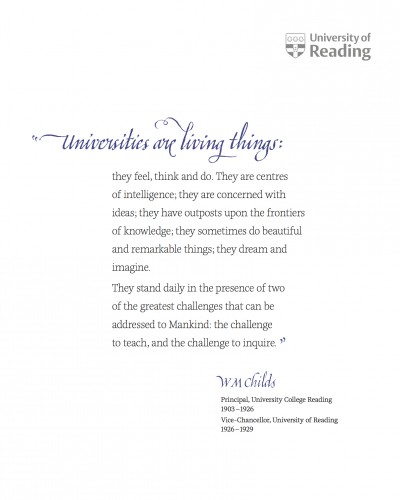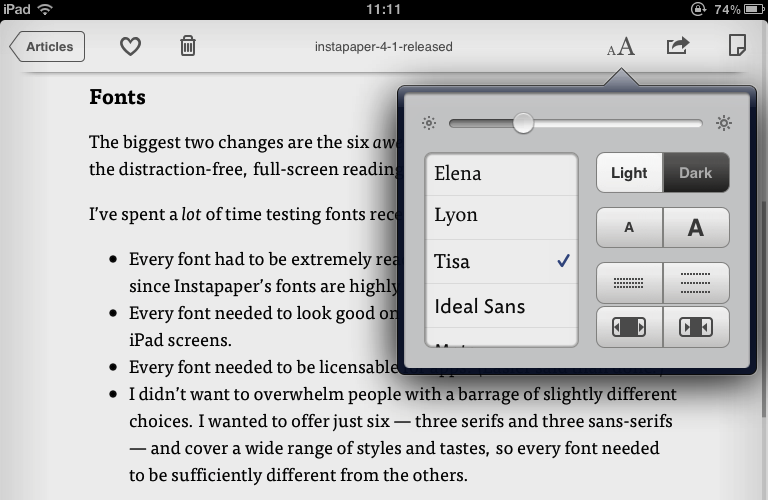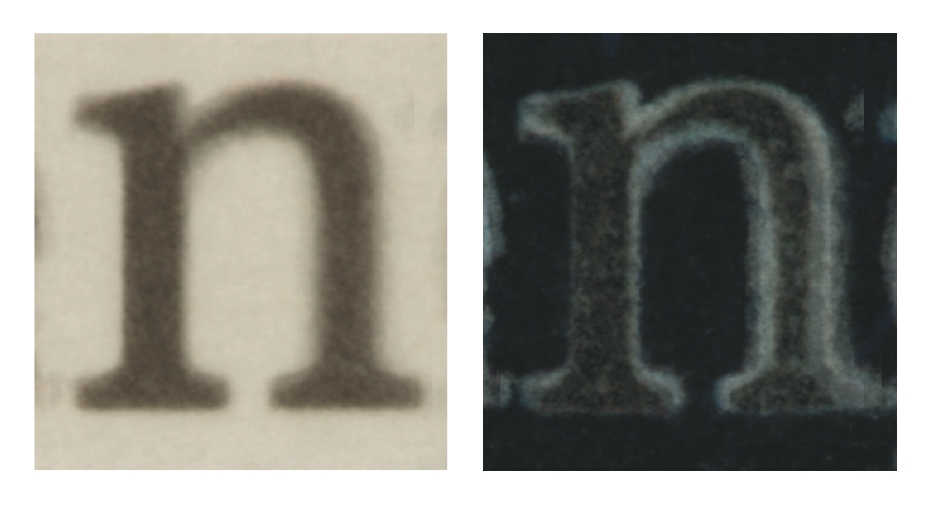Joana da Silva, one of our MA Typeface Design students, will be a speaker at the Encontro Nacional de Tipografia conference, hosted by the Universidade de Aveiro in Portugal, on 30 September. I can’t read Portuguese, but I can just about decipher the “Áreas de interesse”, and it made me think “I wish I could be there”. Good names are already on the speakers’ and organisers’ lists.
My first visit to Portugal (for ATypI 2006, in Lisbon) was an eye opener: there was strong community of designers and teachers in typography and typeface design, but they were not making their presence felt much outside the country. In the last five years this has started to change at an increasing pace. Events like the Encontro help develop a particularly regional take on typography.
The Encontro organisers are keeping the event modest in length, which has to be applauded. As larger typographic gatherings grow in numbers (ATypI, Typecon, TypoBerlin, the new TypoLondon, and others I forget) it is the smaller events, of one or two days at most, with modest registration fees, that become more rewarding to attend. Although the big typo-events are always appealing, it is the smaller events that fit better in a full typographic calendar. (I’m thinking of the many one-day events and one annual two-day conference at St Bride Library, the relatively new TypeTalks, the IDC in Katowice, amongst others.) Who knows? Maybe in a few years the big-ticket events will only be every two or three years, like the bi-annual CIT Valencia and Tipos Latinos, and the tri-annual ICTVC. (Or every ten, like the wonderfully far-sighted ATypI Letter2 event!)
But, hidden in the competition of the growing number of events for our time (and wallet) are two especially good developments: that most of the new events are based in countries that do not have a long tradition of typographic gatherings; and that there are many young speakers who are designers, teachers, and researchers. As typography and typeface design are getting established in ever more schools and universities, we can look forward to more events like the Encontro.





